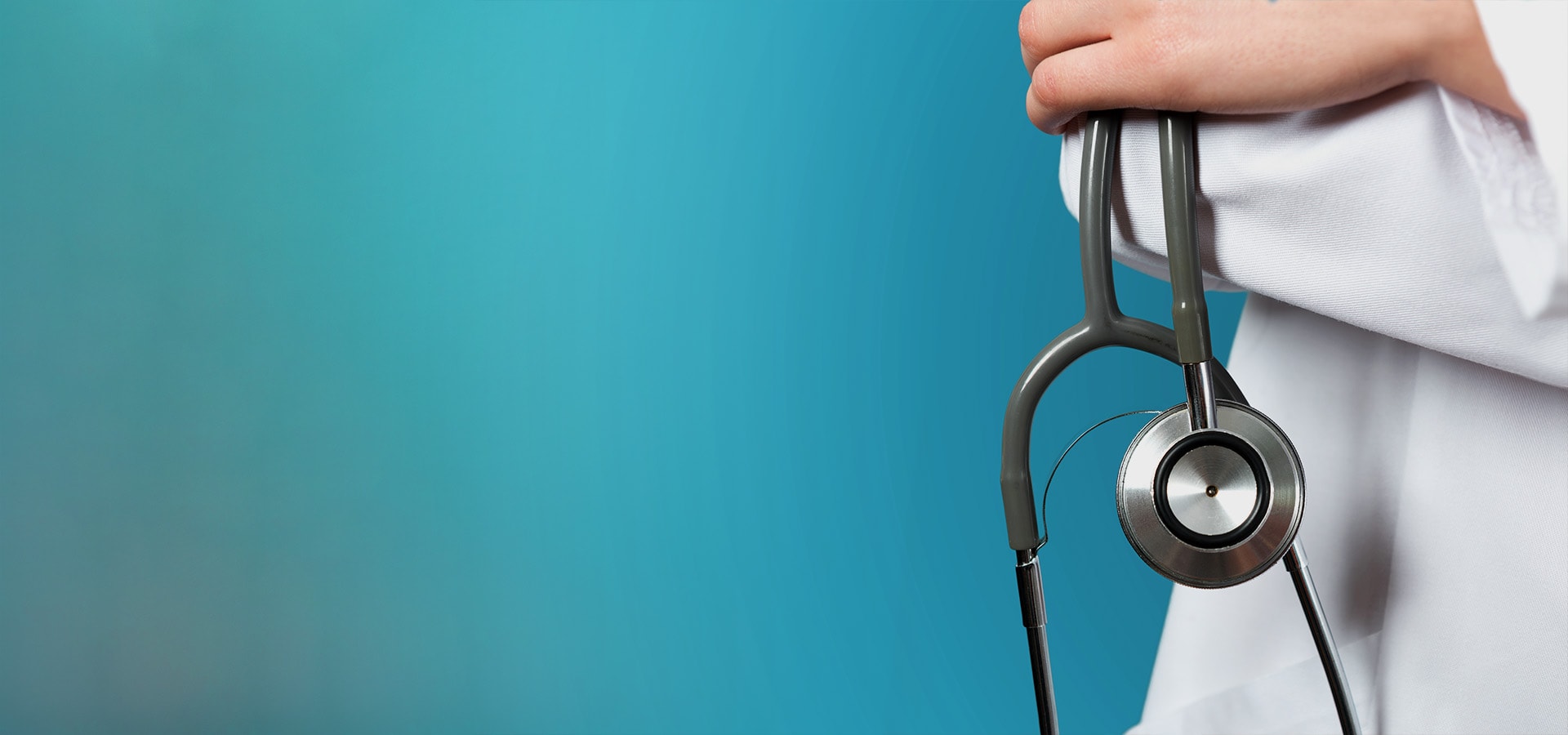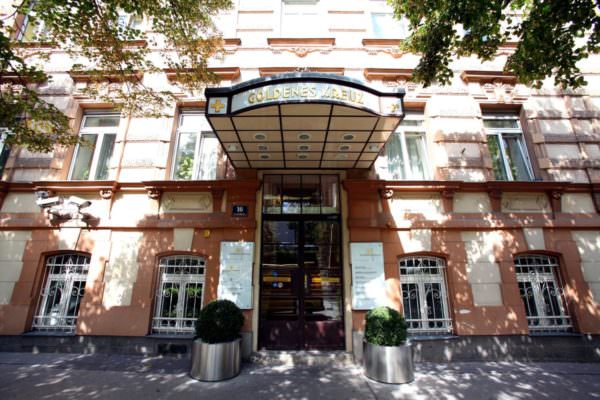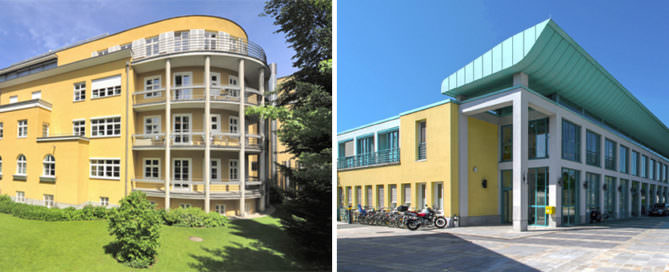Gynecology
The Viennese School of Woman’s Health has a long tradition in treatment and prevention. It contains both general but also oncological gynecology but it is specialized in cancer treatment, and more specifically, in personalized cancer treatment. But the field of gynecology also contains mundane aspects which must not necessarily be life threatening but can impair the well being of a woman.
The following are the most common diagnoses:
Uterine fibroids
Uterine fibroids are benign tumours (not cancer) that are made up of the muscle and connective tissue from the wall of the uterus (womb). Uterine fibroids may grow as a single nodule or in clusters and may range in size from one millimetre to more than 20 cm (8 inches) in diameter. They may grow within the wall of the uterus or they may project into the interior cavity or toward the outer surface of the uterus. In rare cases, they may grow on stems projecting from the surface of the uterus.
The causes of uterine fibroids are not known. Most fibroids occur in women of reproductive age, and according to some estimates, they are diagnosed in black women two to three times more frequently than in white women. They are seldom seen in young women who have not begun to menstruate, and they usually stabilise or go away in women after menopause.
Uterine fibroids are not associated with cancer. They are benign tumours that almost never develop into cancer and no risk factors have been found for uterine fibroids other than being a female of reproductive age. However, some studies suggest obese women are at increased risk of having fibroids – a person is considered obese if he or she has a BMI of 30 or more. Those women who’ve had children appear to be less likely to develop uterine fibroids.
Uterine firboids symptoms
Most uterine fibroids do not cause any symptoms and do not require treatment other than regular observation by a doctor. Fibroids may be discovered during routine gynecological examinations or during antenatal care. Some women who have uterine fibroids may experience the following symptoms:
- Excessive or painful bleeding during menstruation;
- Bleeding between periods;
- A feeling of fullness in the lower abdomen;
- Frequent urination resulting from a fibroid that compresses the bladder;
- Pain during sexual intercourse;
- Lower back pain.
More and more, doctors are beginning to realise that uterine fibroids may not require any intervention or, at most, limited treatment. For a woman with uterine fibroids that are not causing symptoms, the best therapy may be watchful waiting. Some women never exhibit any symptoms nor have any problems associated with fibroids, in which case no treatment is necessary.
Ovarian Cysts
Ovarian cysts are common, especially with woman who still get their period. They’re solid or fluid-filled pockets in or on your ovary. Most of the time they’re painless and harmless. You might get one every month as part of your cycle and never know it. They usually go away on their own without treatment. ovarian cysts are also common when you’re pregnant. A cyst becomes a problem when it doesn’t go away or gets bigger. It can become painful. There’s also the possibility of cancer, but it’s rare. The chances go up as you get older.
Ovarian Cysts symptoms
Most ovarian cysts are small and don’t cause any problems. When there are symptoms, you might have pressure, bloating, swelling, or pain in the lower abdomen on the side of the cyst. This pain may be sharp or dull, and it can come and go. Sometimes a cyst may need emergency attention. See your doctor right away if you have these symptoms:
- Sudden, severe belly pain;
- Pain with fever and throwing up;
- Dizziness, weakness, feeling faint;
- Fast breathing.
These signs could mean your cyst has caused the ovary to twist.
If a woman is experiencing anaemia caused by heavy, prolonged menstrual bleeding, moderate to severe pain, infertility or urinary tract or bowel problems, she will require treatment. Treatment options include:
Anti-inflammatory medicines, such as ibuprofen and mefenamic acid may be recommended to be taken during the period to help ease heavy bleeding. These treatments help reduce the body’s production of prostaglandin which is linked to heavy periods.
Most ovarian cysts are considered “functional.” They’re a part of your monthly cycle.
Follicle cyst. Your ovaries usually release one egg each month. It grows inside a tiny sac called a follicle. When the egg is ready, the follicle breaks open and releases it. If the sac doesn’t open, it causes a follicle cyst. These often go away in 1 to 3 months.
If a cyst is large or causes problems, then your doctor may want to watch it or may suggest medicine for the pain. Sometimes they’ll prescribe birth control pills. The hormones in the pills won’t make the cysts go away, but they can help prevent new ones.
The surgical treatment of the problematic ovarian cysts includes two types of interventions:
- laparoscopy – for small ovarian cysts;
- laparotomy – for larger ovarian cysts.
Official partner for top hospitals and clinics in Austria
Doctors treating you in Austria through AT-MED

Prof. Univ. Dr. Christian Singer, obstetrician-gynecologist

Prof. Univ. Dr. Johannes Drach, internist, specialist in haemato-oncology

Prof. Univ. Dr. Schillinger Martin, cardiologist, angiologist

Prof. Univ. Dr. Ulrich Steinhart, obstetrician-gynecologist

Dr. Rainer Kotz, Orthopedics and endoprotection
Testimonials
Fast! Efficient! Accessible! And a very communicative and enjoyable team. With help of AT MED I was consulted by Prof. Martin Schillinger. I felt in good hands.*
The AT MED team meant for me a second chance to live. In my country I wasn’t given any chance but the doctors in Austria made my recovery possible.*
In my situation the most important aspect was the fast response I got. I was scheduled and started my treatment within days from the first contact. With AT MED I received the best treatment and was treated with respect.*
*Disclaimer: All statements belong to our customers. Results and treatments may vary depending on each case.
When you contact AT-MED please keep in mind the following:
- Every medical consultation costs 150 – 300 EUR depending on the doctor’s specialization and the complexity of your medical case.
- Imagery interpretation costs 150 EUR.
- In order to answer your request in maximum 48 hours we need your complete medical record with information about previous interventions, treatments and therapies, smoking habits, allergies as well as important medical information about 1st degree relatives.
- Please send the entire archived file in a single e-mail (to office@austriamed.eu). Sending files in multiple e-mails as well as in several Whatsapp conversations slows down the diagnose process.
- For emergencies please call directly at 0786787878, at any hour.












